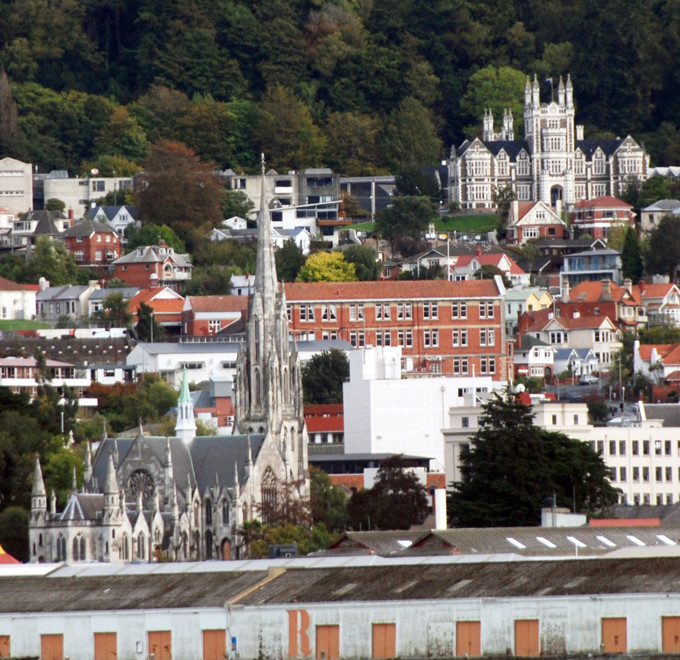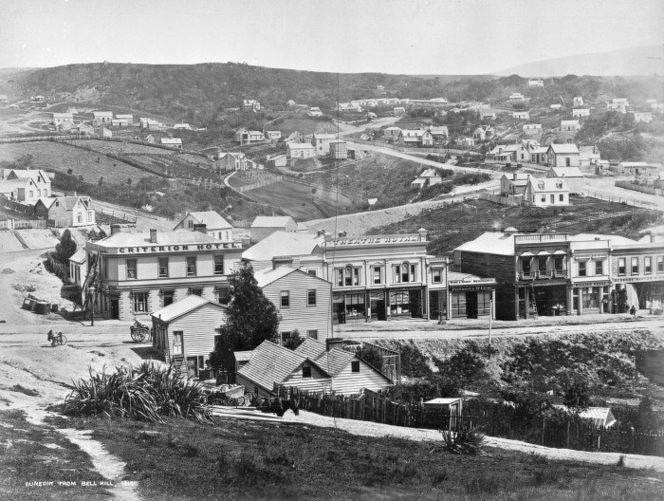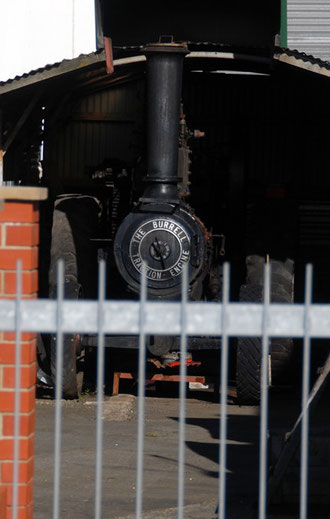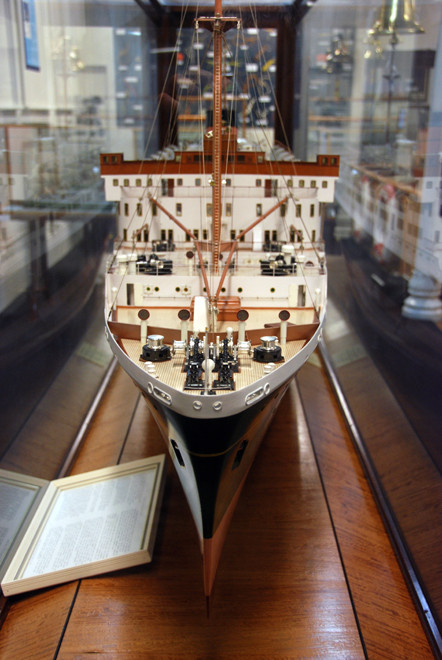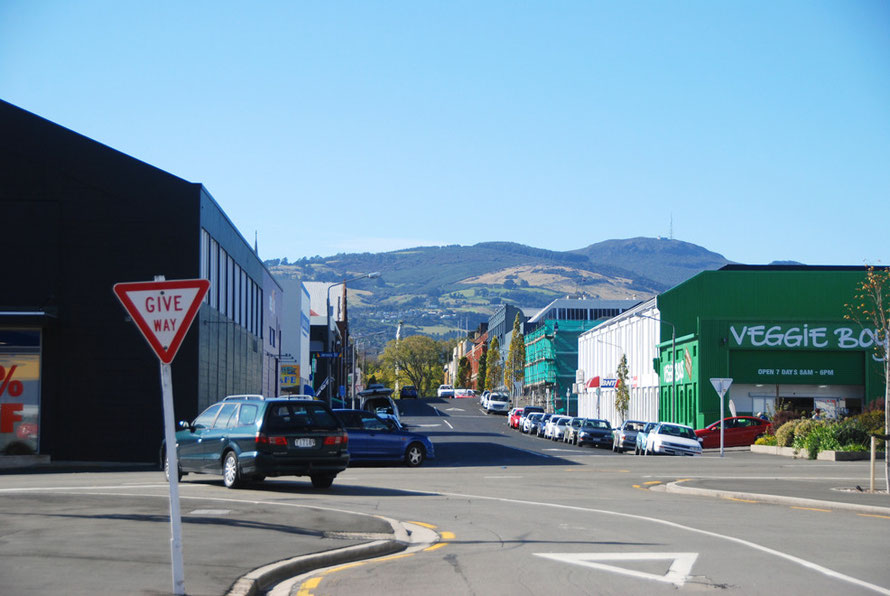Dunedin: Buildings and boats

Back in the 1860s Otago was an autonomous province with its own government. It benefited hugely from levies on miners and on the export of gold.
But Dunedin and Otago flourished with the decline of gold fever as those lured to the Province by the promise of 'dust' stayed on to become farmers and entrepreneurs.
By the 1870's, Otago had 'an excellent postal system, a network of established goldfield and rural towns, good consumer demand for its crops, the first university in New Zealand, and a surprisingly strong capacity in engineering and shipping (DCC).'
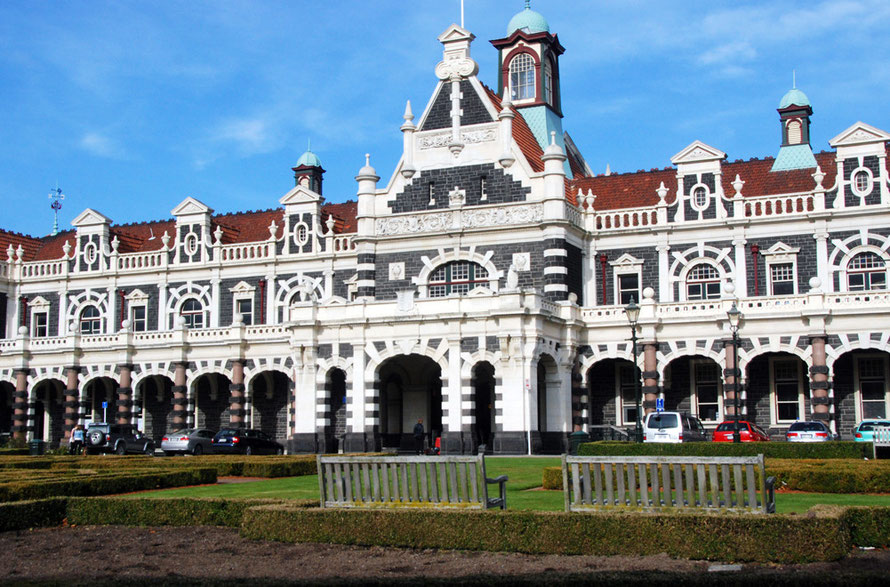
As the surface gold was exhausted new forms of extraction took over: deep-level hydraulic elevating, quartz mining, and dredging. All of which created demand for mechanical and engineering skills and manufacture.
In the 1890s the Chinese entrepreneur Sew Hoy discovered a system of dredging that 'made it possible for large-scale mining to be carried out on the river-flats for the first time' with a new generation of paddock dredges.
This gave rise to the dredging boom, which exploded across Otago and Westland.
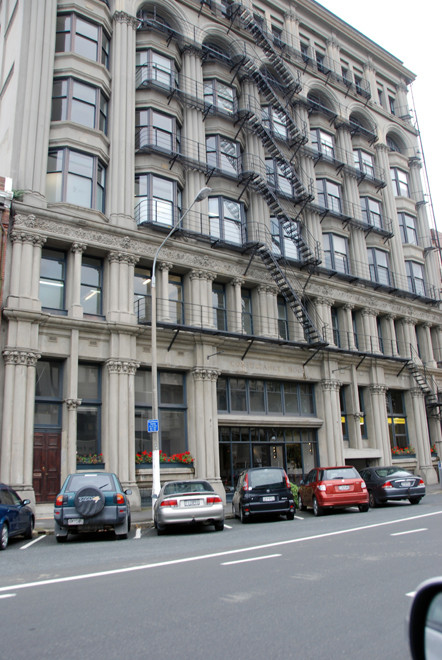
Otago received 27,000 assisted immigrants in the 1870s – more than any other province. Railways were laid linking with Christchurch (1878) and Invercargill (1879).
The town's population nearly tripled again in the 1870s, to 39,000 by 1881.
'In that year, it was New Zealand’s largest urban centre, and Otago had a fifth of the country’s population. Neither ranking was ever attained again.' (Teara)
